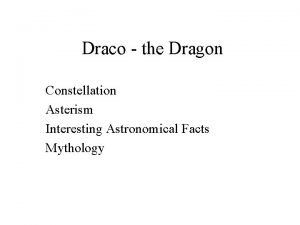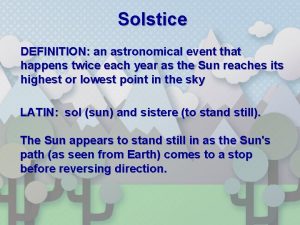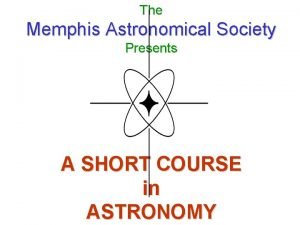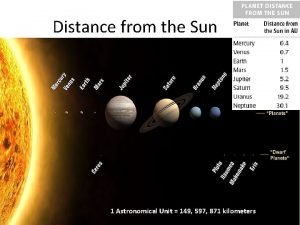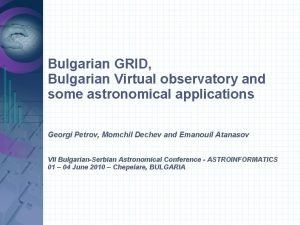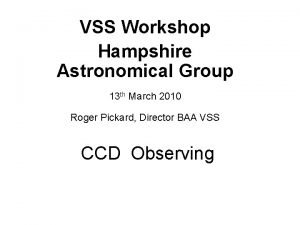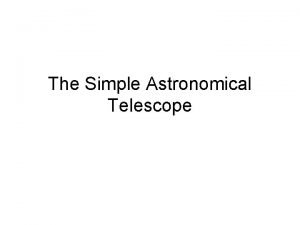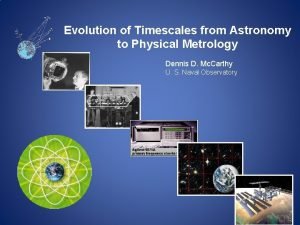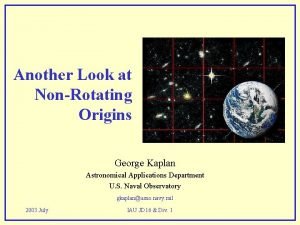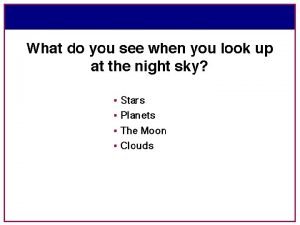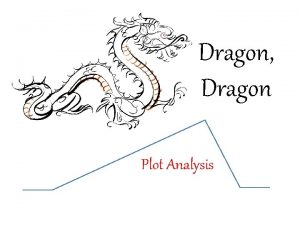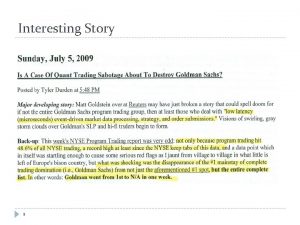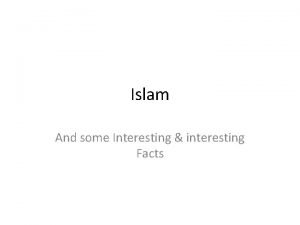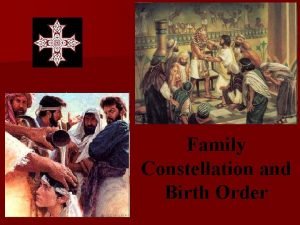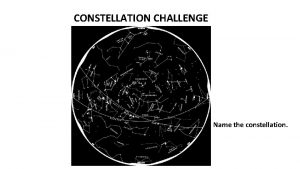Draco the Dragon Constellation Asterism Interesting Astronomical Facts
















- Slides: 16

Draco - the Dragon Constellation Asterism Interesting Astronomical Facts Mythology

Draco - the Constellation

Draco - the Asterism


Draco - Facts • Thuban - was the Pole Star when the pyramids were built 4 -5, 000 years ago • Will be the Pole Star again in 20, 000 years

Draco - Facts • Very large constellation but not bright • The “Long & Winding tail” • Most conspicuous feature is the irregular quadrangle head about to be clubbed by Hercules • Quadrangle head is about half the size of the Big Dipper’s bowl

Thuban and the Great Pyramid of Khufu • Pharaoh Khufu ruled ancient Egypt around 2550 BC and was buried in the largest of the Giza pyramids when he died. Thuban was the pole star, around which all other stars revolved. Khufu's burial chamber was fashioned deep inside the Great Pyramid. Two skinny shafts bore outward from the chamber. • For decades, scholars thought they were airshafts. But in the 1960 s, astronomers found that they have an astronomical purpose. It was found that one of the shafts pointed directly towards Thuban. The other was aimed at the belt of Orion, which symbolized Osirus. • Stars close to the pole never set. The Egyptians described these stars as "imperishable" or "undying. " Khufu expected that when he died, he would join not only with the Sun, but with Thuban as well, maintaining order in the celestial realm, just as he had on Earth.

Thuban and the Great Pyramid of Khufu - Cont’d To Orion’s Belt To Thuban

Thuban and the Great Pyramid of Khufu - Cont’d • The Great Pyramid of Giza (also called the Pyramid of Khufu and the Pyramid of Cheops) is the oldest and largest of the three pyramids in the Giza Necropolis bordering what is now El Giza, Egypt. • It is the oldest of the Seven Wonders of the Ancient World, and the only one to remain largely intact. It is believed the pyramid was built as a tomb for fourth dynasty Egyptian Pharaoh Khufu (Cheops in Greek) and constructed over a 20 -year period concluding around 2560 BC. • The Great Pyramid was the tallest man-made structure in the world for over 3, 800 years. Originally the Great Pyramid was covered by casing stones that formed a smooth outer surface; what is seen today is the underlying core structure. Some of the casing stones that once covered the structure can still be seen around the base. • Most accepted construction hypotheses are based on the idea that it was built by moving huge stones from a quarry and dragging and lifting them into place.

Thuban and the Great Pyramid of Khufu - Cont’d

Draco Objects to View • Cat's Eye Nebula (NGC 6543), a planetary nebula that is said to look like a blue disc. • There are several faint galaxies in Draco, • Lenticular galaxy NGC 5866, sometimes considered to be Messier Object 102. • Draco Dwarf Galaxy, one of the least luminous galaxies with an absolute magnitude of -8. 6 and a diameter of only about 3, 500 light years, discovered by Albert G. Wilson of Lowell Observatory in 1954.

Draco - NGC 5866

Draco Dwarf Galaxy

Draco - the Mythology • • Egyptians identified it as Tawaret, the goddess of the northern sky in their pantheon of deities. She was depicted a fierce protective goddess whose body was a composite of crocodile, human, lioness, and hippopotamus parts Greeks named it Draco, the dragon. – Draco represents Ladon, the dragon sometimes depicted with one hundred heads who guarded the golden apples of the Hesperides. – The eleventh of the Twelve Labors of Hercules was to steal the golden apples. – Hercules killed Ladon with one the arrows he had dipped in the poison blood of the hydra. Hercules had no way of getting the apples because of the nymphs that watched over the apple tree. – Atlas, the bearer of the sky, offered to get him an apple if Hercules could take his place until he returned. Hercules knew that Atlas was allowed passage because the nymphs who watched over the tree were his daughters, and agreed. Atlas came back with the apples, but he had no intention of letting Hercules walk away while he had to bear the weight of the sky on his shoulders. Atlas was going to leave, but Hercules asked Atlas if he could hold the earth while Hercules put on his lion skin that he got from killing the Nemean Lion. Atlas stupidly agreed. Quickly, Hercules grabbed the apple from Atlas's hand, leaving Atlas holding the sky once more while Hercules completed his labor. – According to the legend, Hera later placed the dragon in the sky as the constellation Draco.

Draco - more mythology • In another Greek legend, Draco represents the dragon killed by Cadmus before founding the city of Thebes, Greece. • In a third legend, it represents the dragon that guarded the Golden Fleece and was killed by Jason. See Jason and the Argonauts or Quest of the Golden Fleece • In Roman legend, Draco was a dragon killed by the goddess Minerva and tossed into the sky upon his defeat • Early Christians originally of the Roman or Greek faith then depicted Draco as the serpent who tempted Adam and Eve in the Garden of Eden. • The Arabs did not interpret the constellation as a dragon, seeing instead an asterism called the Mother Camels.

Draco - the end • Comments and questions
 Thuban mythology
Thuban mythology Interesting more interesting the most interesting
Interesting more interesting the most interesting Dragon dragon by john gardner
Dragon dragon by john gardner Dragon, dragon by john gardner
Dragon, dragon by john gardner Blue glaucus reproduction
Blue glaucus reproduction An event that happens twice a year
An event that happens twice a year Memphis astronomical society
Memphis astronomical society When it winter
When it winter Julie ramer
Julie ramer Astronomical
Astronomical Hampshire astronomical group
Hampshire astronomical group Guildford astronomical society
Guildford astronomical society Angular magnification telescope
Angular magnification telescope Astronomical clock lyon france
Astronomical clock lyon france Astronomical time scale
Astronomical time scale Astronomical applications department
Astronomical applications department Astronomical coordinates
Astronomical coordinates
